Organizmo brings a new wave of community projects and sustainable design in Colombia
'Things will always manifest in a beautiful way, especially if the collective process is rooted from the voices of the territory,' says Organizmo founder Ana María Gutiérrez
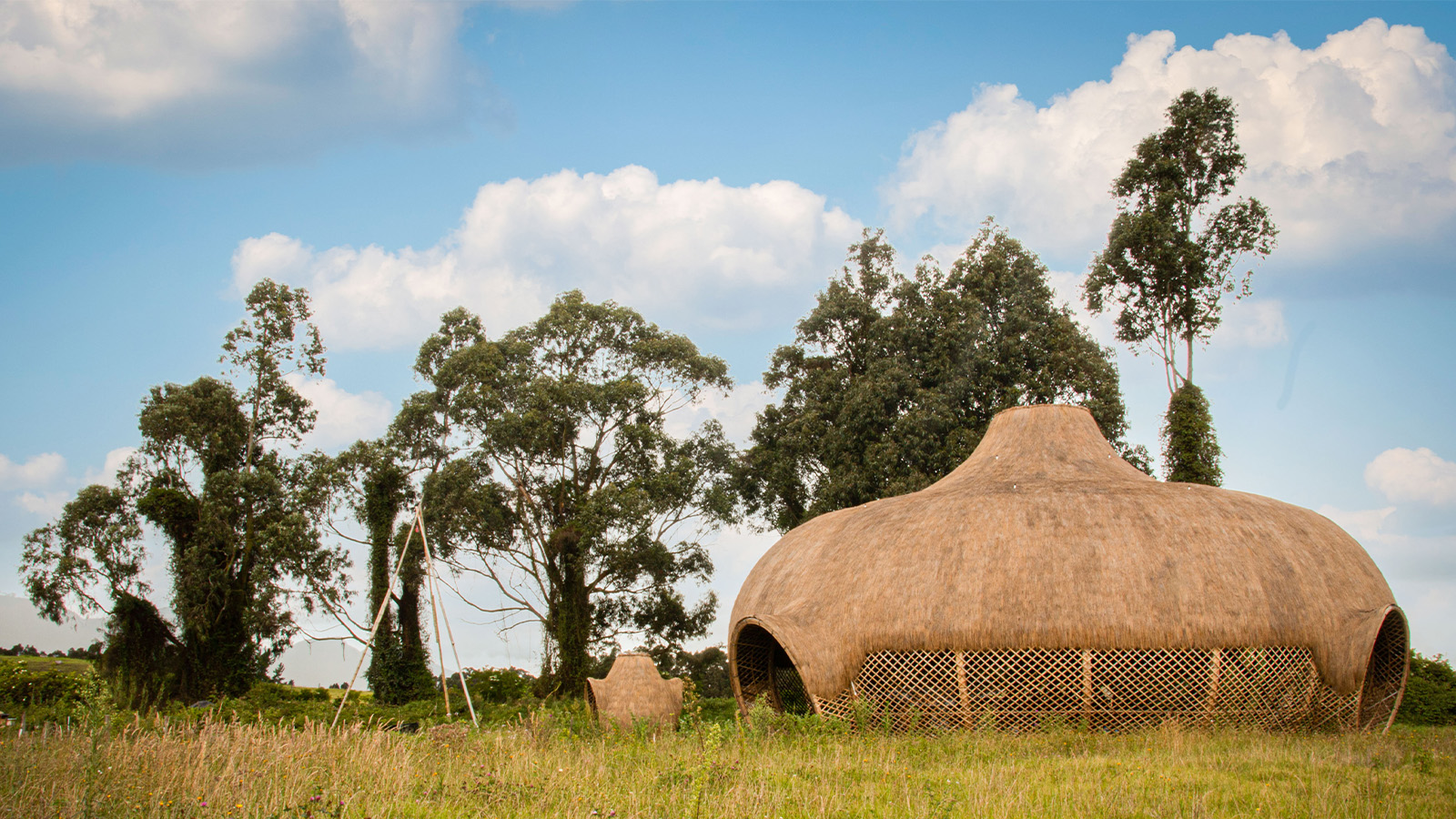
The term sustainability as it relates to design and architecture is so much a defining part of the zeitgeist that it is often interchangeable with other idioms like ‘green architecture’ or ‘passive design’. But ‘are we here to sustain something?' Colombian architect Ana María Gutiérrez asks herself constantly. She is the founder of Organizmo, an education and research centre for low-impact construction techniques, alternative technologies, and ecological restoration. 'And what exactly is regeneration? What is permaculture?' she continues. 'All these words that we grab and put into fashion are already alive and a huge part of the resilience in the communities [we work with].'
Behind the scenes of Organizmo's community work
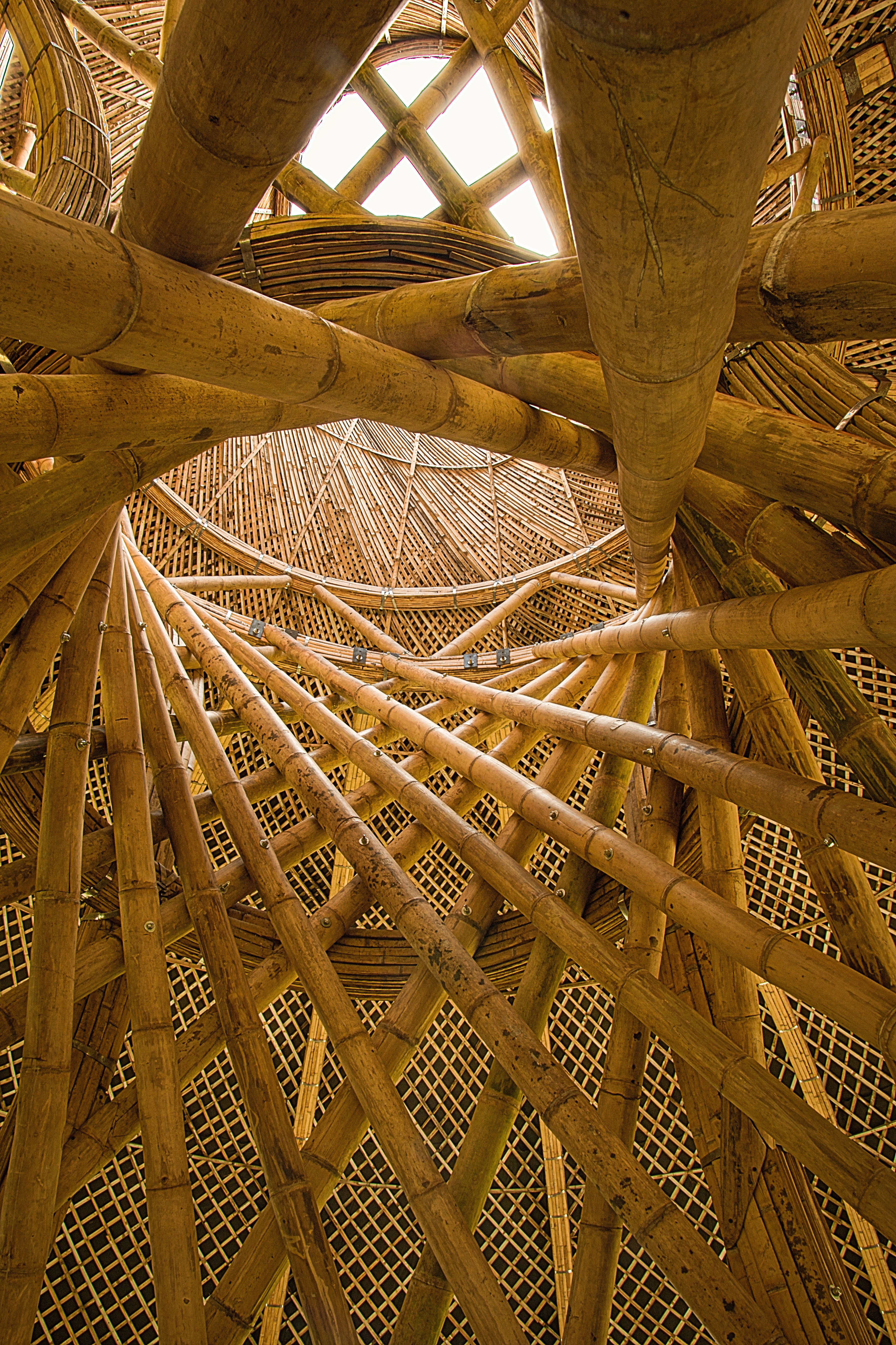
Inside the House of Thought, a toroidal structure at Fundacion Organizmo, built in collaboration with architect Jaime Pen
Gutiérrez, a trained architect, learned to work with the soil using different earthen techniques in Barichara, northern Colombia, and completed her training in bioconstruction in Brazil. After experiencing the practice of learning by doing in additional places like Amazonas, La Guajira, Orinoquía, and Chocó, she was invited to join local mingas, groups of people collaborating and building together. ‘By observing and living with them, I learned the rest,’ Gutiérrez says.
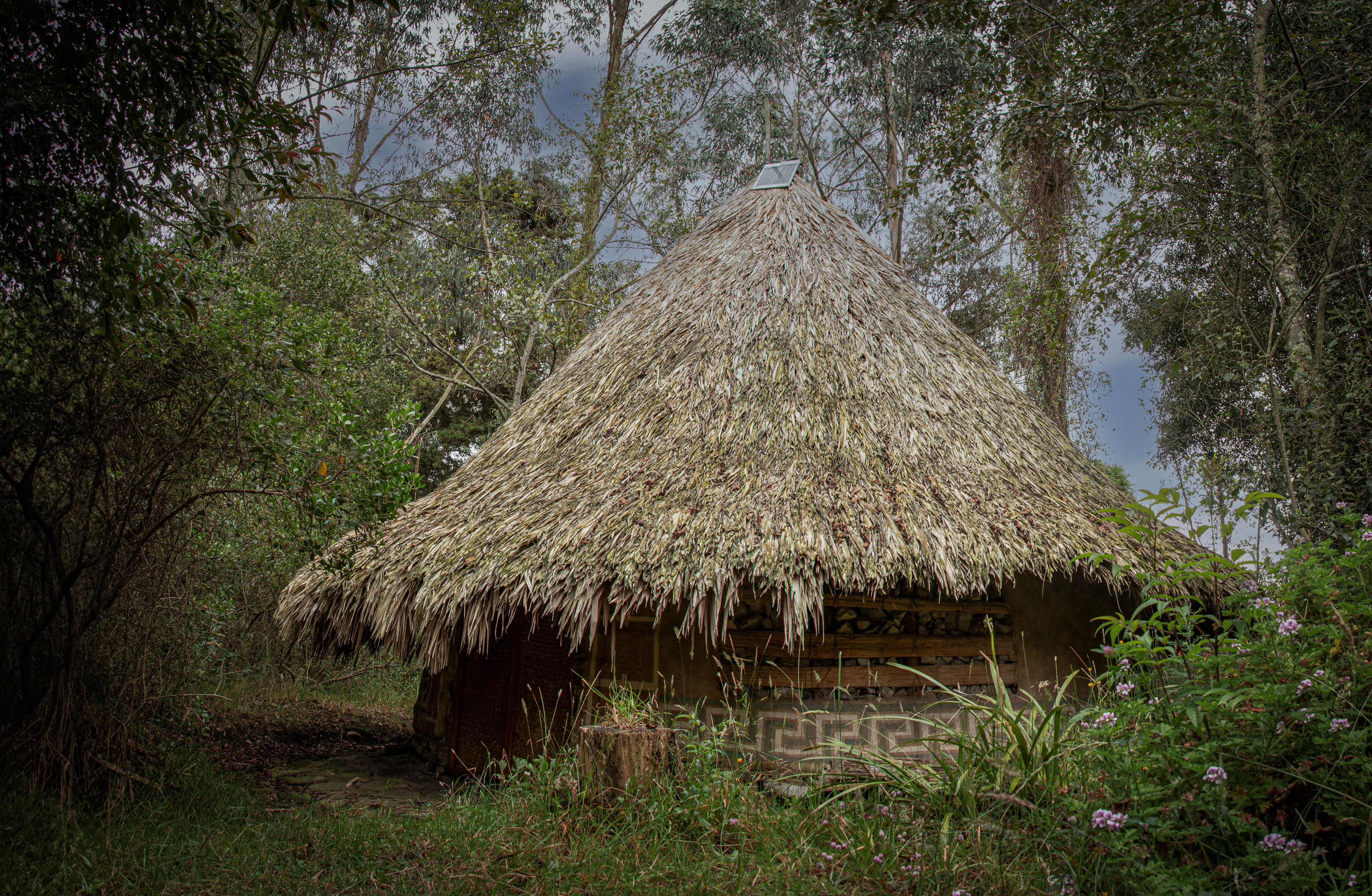
A building at Fundacion Organizmo that used local earth building techniques
Founded in the Tenjo municipality on the outskirts of Bogotá, an area known for agriculture and livestock farming, Organizmo is an experimental laboratory. It tests site-specific architectural solutions which are then built in collaboration with indigenous and Afro-descendant communities that have adapted to their unique environments over thousands of years. Colombia has distinct climate zones known as thermal floors, which vary from the Caribbean and Pacific coasts to the plateau region of the Andes and the Amazonian jungle.
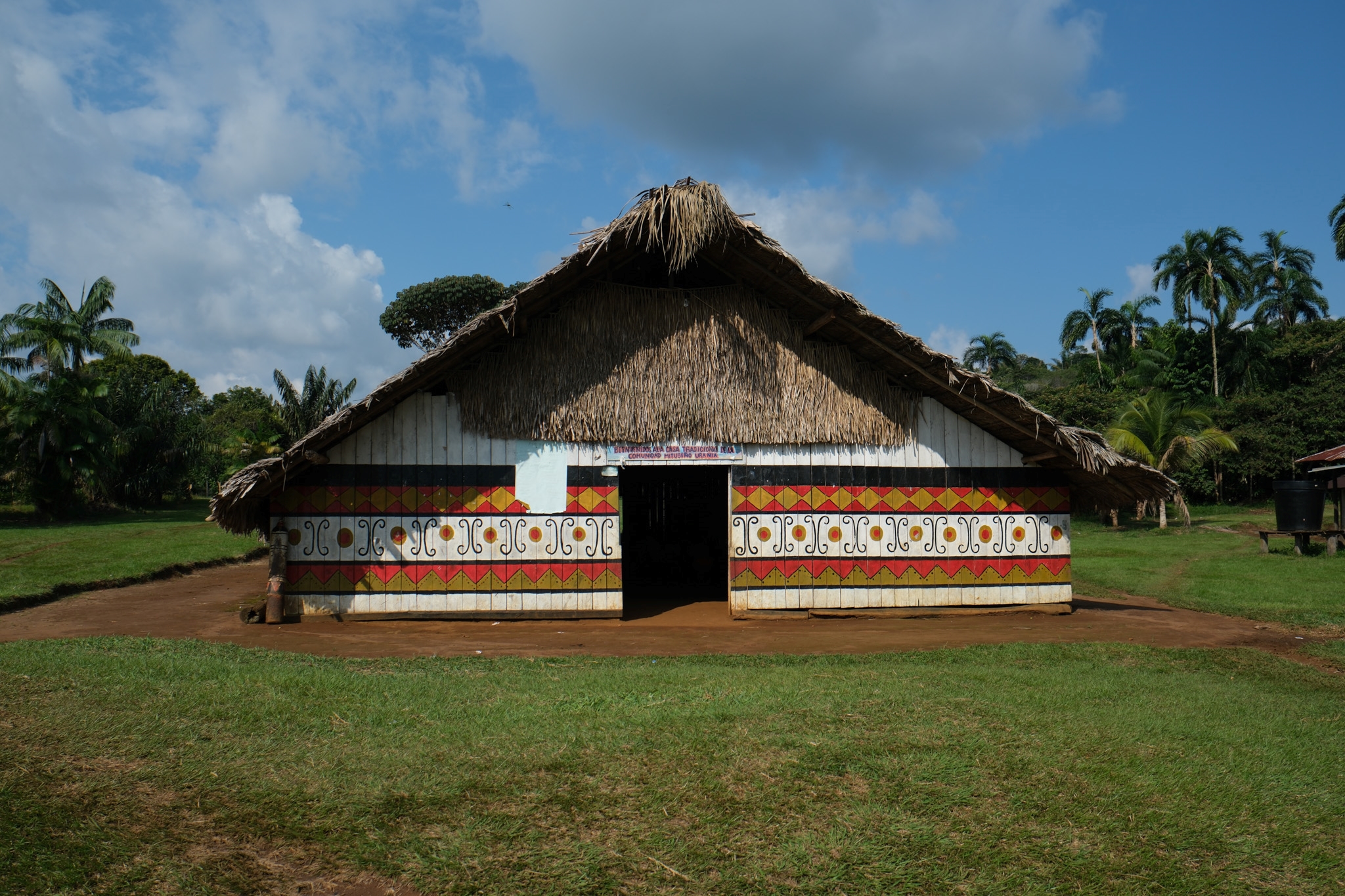
Maloca or House of Thought for Colectivo Takaka in Vaupe
Gutiérrez received the land in Tenjo 18 years ago as living inheritance from her father after it had been used as a dairy farm and for monoculture agriculture of corn, beans, potatoes and flowers. For the last ten years, the land has been in a process of regeneration, allowing the forest to grow back with the help of trained naturalists and working to re-introduce native pollinators, medicinal plants, and biodynamic agriculture.
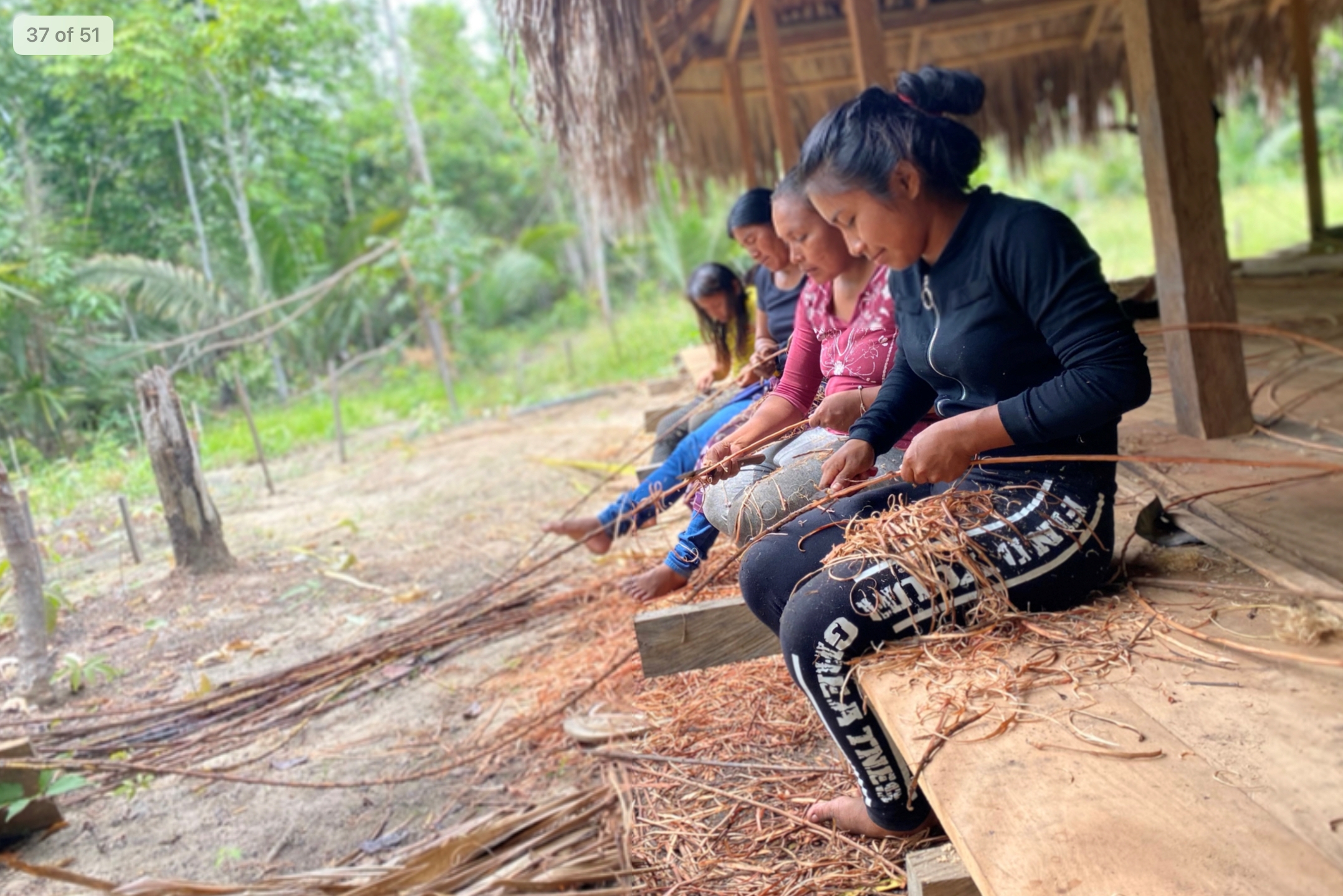
Indigenous Piaroa people peeling fibres for the construction of House Hotel, La Urbana Comunity, Selvas de Mataven
But the backbone of Organizmo has always been architecture. The first building on the property was a house made with PET bottles, followed by explorations on earth techniques and dry toilets. Other buildings were added, like yurts inspired by nomadic Mongolian tribes and EarthBag architecture houses, which consist of sandbags and barbed wire with a catenary curved roof, a technique developed by Iranian American architect Nader Khalili as immediate shelter relief.
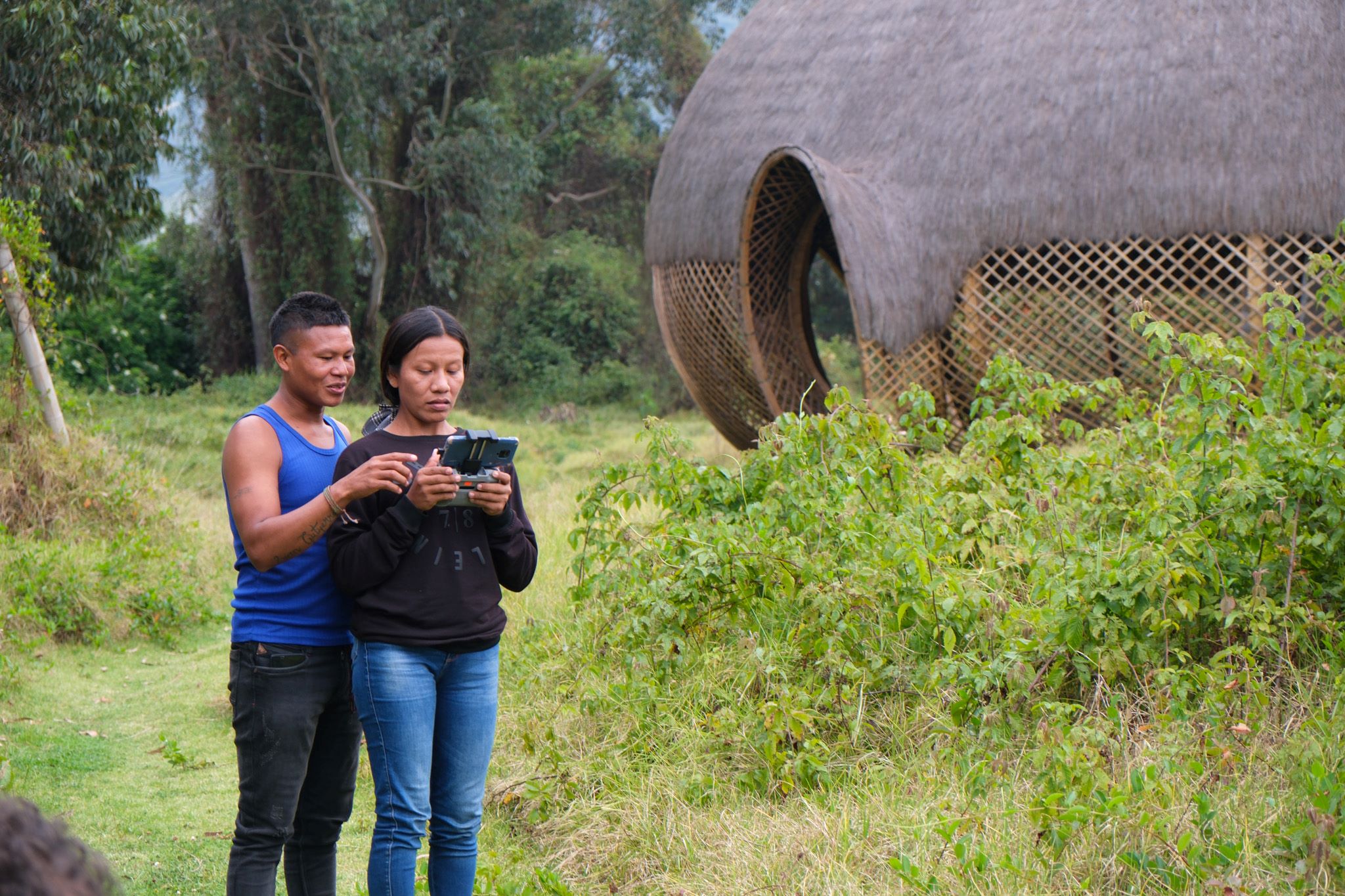
Participants of Colectivo Takaka at Organizmo
The most recent architectural venture onsite was the Maloca or House of Thought, built in the shape of a toroid, a geometry considered sacred, with four entrances signifying the four elements. A group of students led by architect Jaime Peña built this structure with non-glued laminated beams using bamboo from the southwestern Valle del Cauca, and a local roofing technique used by the Muisca people. ‘Architecture has to be like the loom, to visualise all the abundant languages in the territory,’ Gutiérrez says. ‘You create the scenario so all these old languages can be expressed and sheltered.’
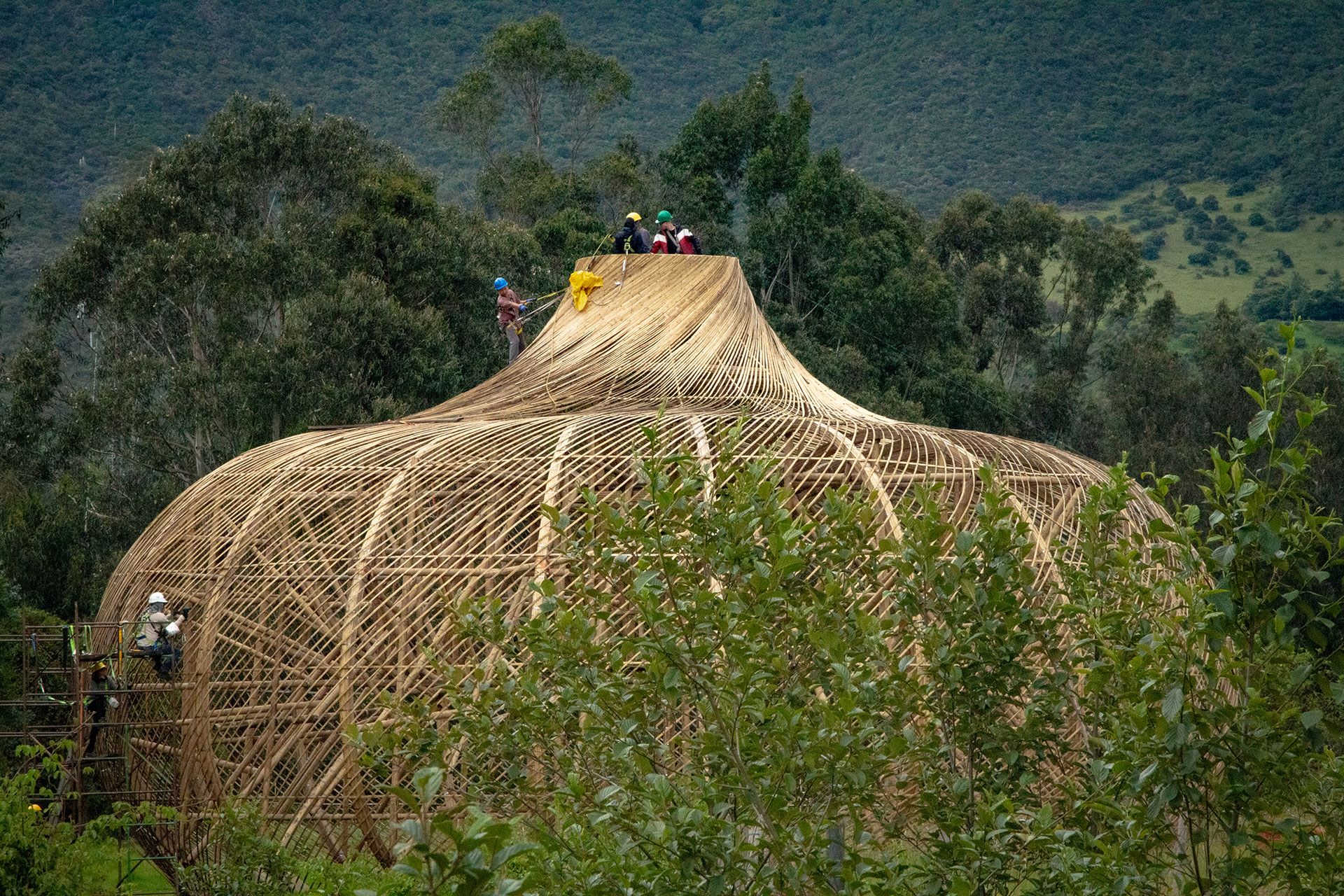
Building House of Thought, a toroidal structure at Fundacion Organizmo
But the real purpose of Organizmo is fulfilled off site. For the past year, the foundation has been working on community projects in Vichada, on the border of Venezuela, and Vaupés, in the Amazonian region, to develop programmes of self-education and territorial harmonisation. ‘We support collective processes around local initiatives, strengthening their cultural expressions,’ Gutiérrez explains. This is in large part thanks to a two-year grant from re:arc Institute, a nonprofit based in Copenhagen that ties climate activism with architecture philanthropy under the framework of planetary wellbeing.
Receive our daily digest of inspiration, escapism and design stories from around the world direct to your inbox.
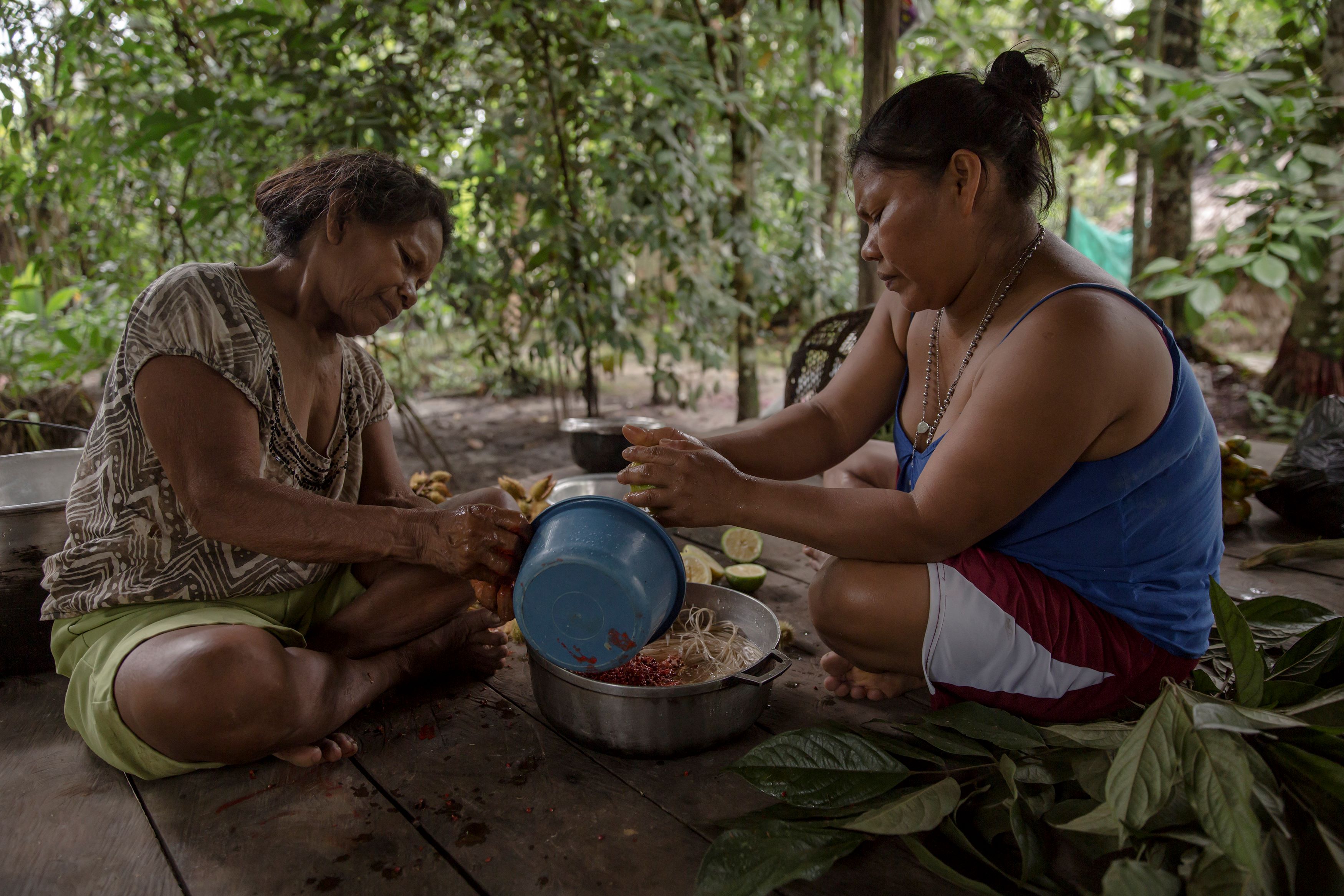
Kasia and Tomasa, Amazonian women working on natural dyes from chambira palm
In Vichada, the local Pieroa community resolved on the need for a weaving school that Organizmo helped build. The community’s primary means of food security, the yuca brava, doubles as the raw material for weaving.
The ideal is to continue the knowledge transfer that had started to disappear. Organizmo will continue to work on strengthening the school's curriculum so that it reaches the Ministry of Education, with the aim of weaving becoming a central part of the educational system.
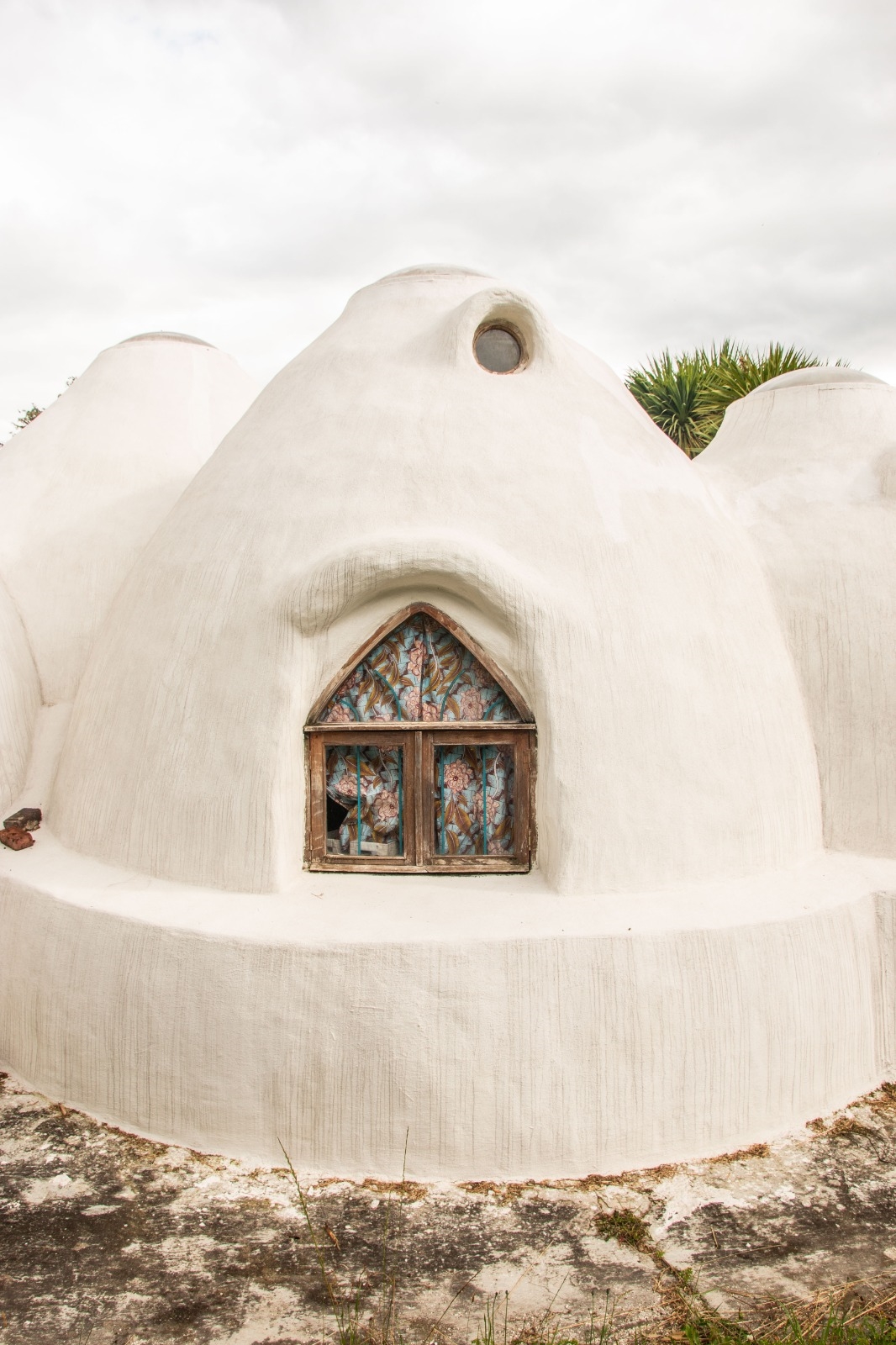
Sandbag architecture developed by developed by architect Nader Khalili at Fundacion Organizmo
In Vaupés, a collective of young leaders named Takaka is working as researchers and communicators between eight different ethnic groups that inhabit the territories along the river, building a network of knowledge using video and audio recording. While an architectural intervention is not envisioned at this stage, it is important, first, to listen and understand the inherent needs of the different communities before taking action. ‘Architecture is always the excuse,’ Gutiérrez says. ‘Things will always manifest in a beautiful way, especially if the collective process is seated and rooted from the voices of the territory.’
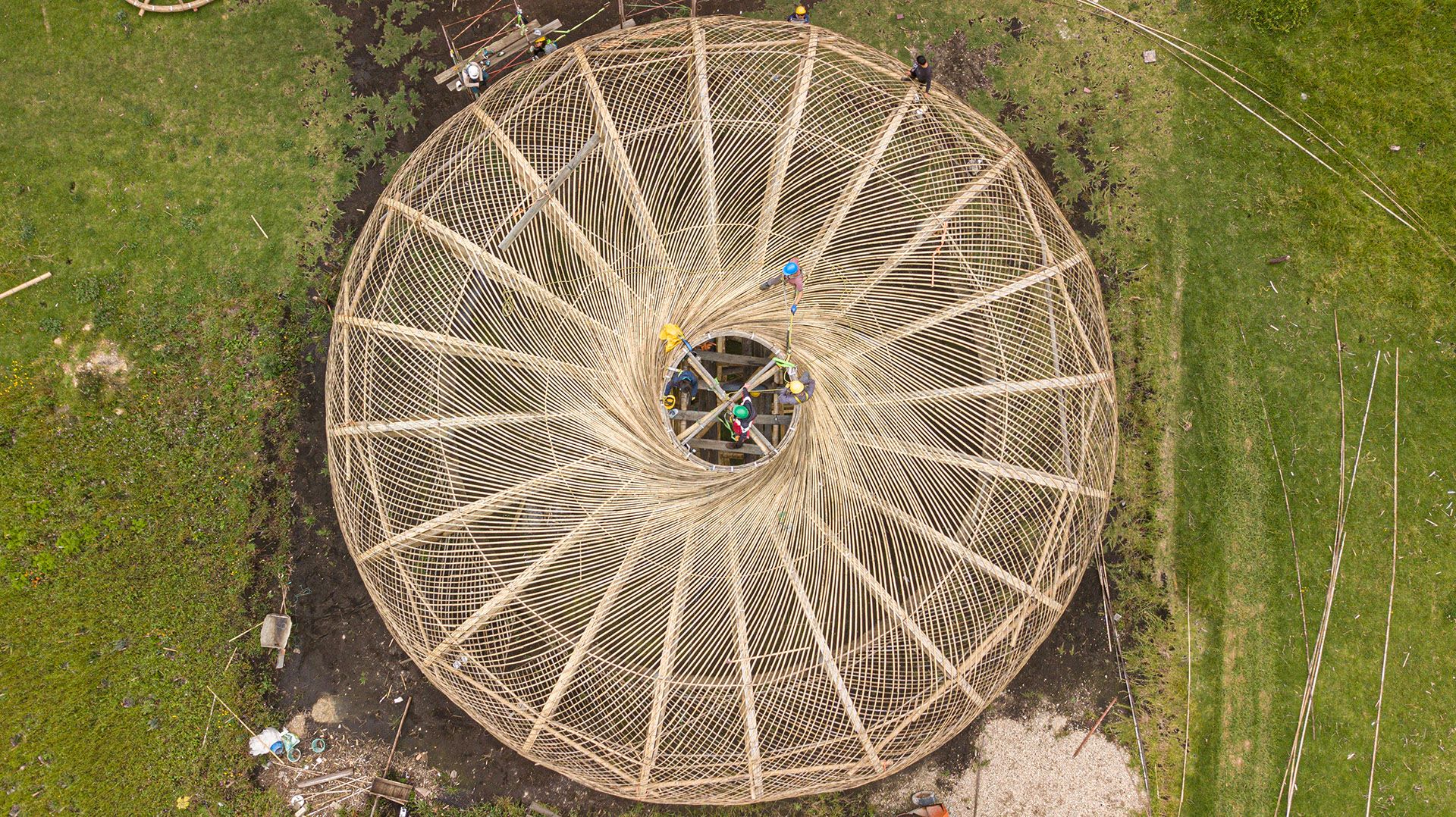
Construction process of toroidal House of Thought at Fundacion Organizmo
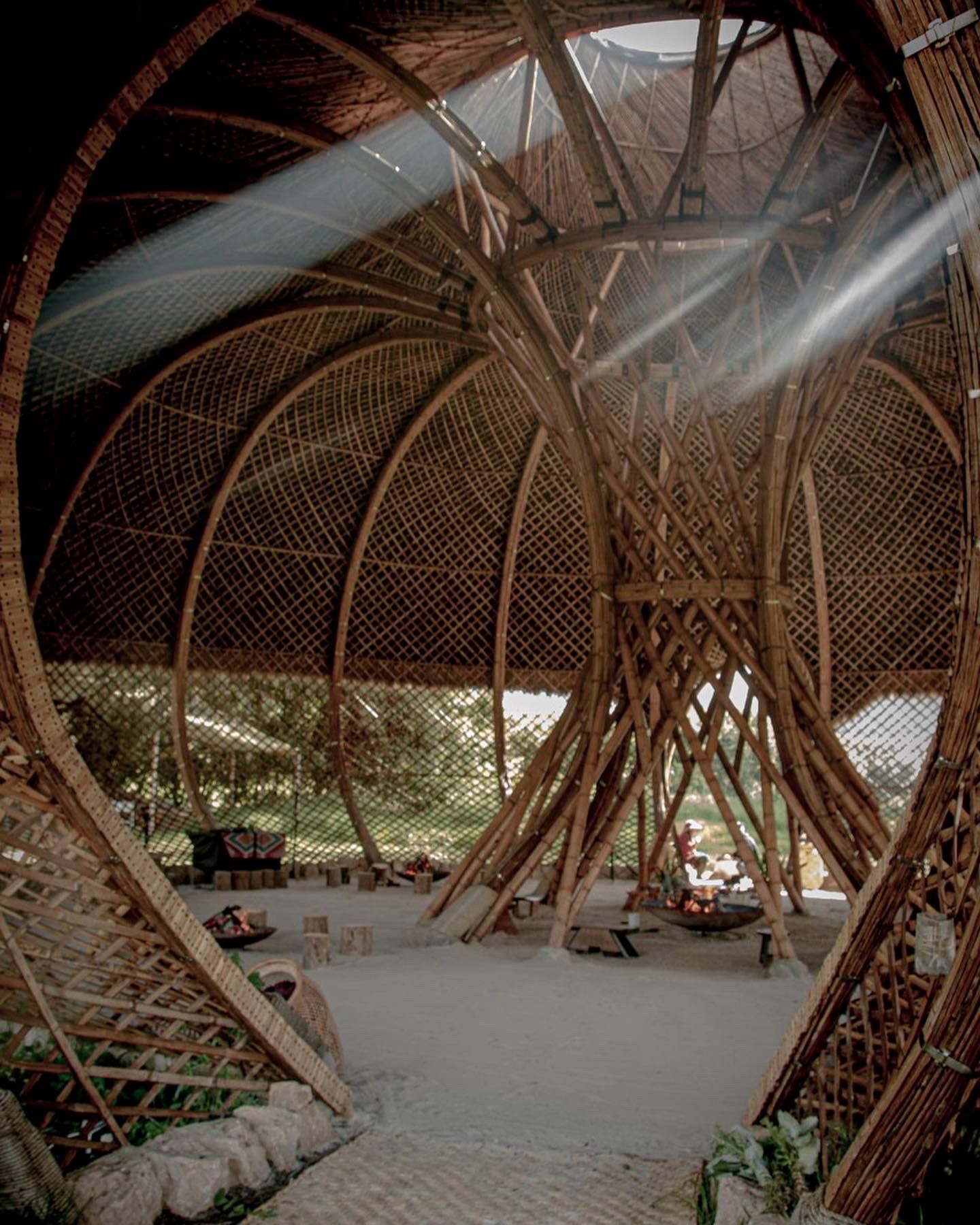
Entrance to House of Thought
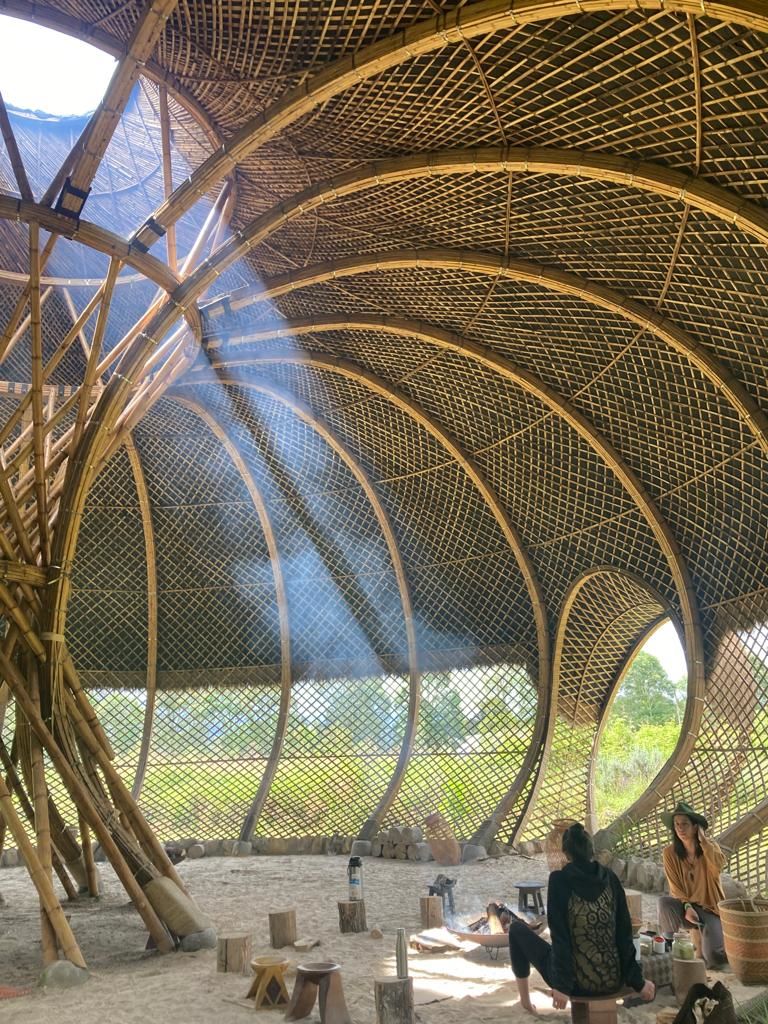
Interior of House of Thought
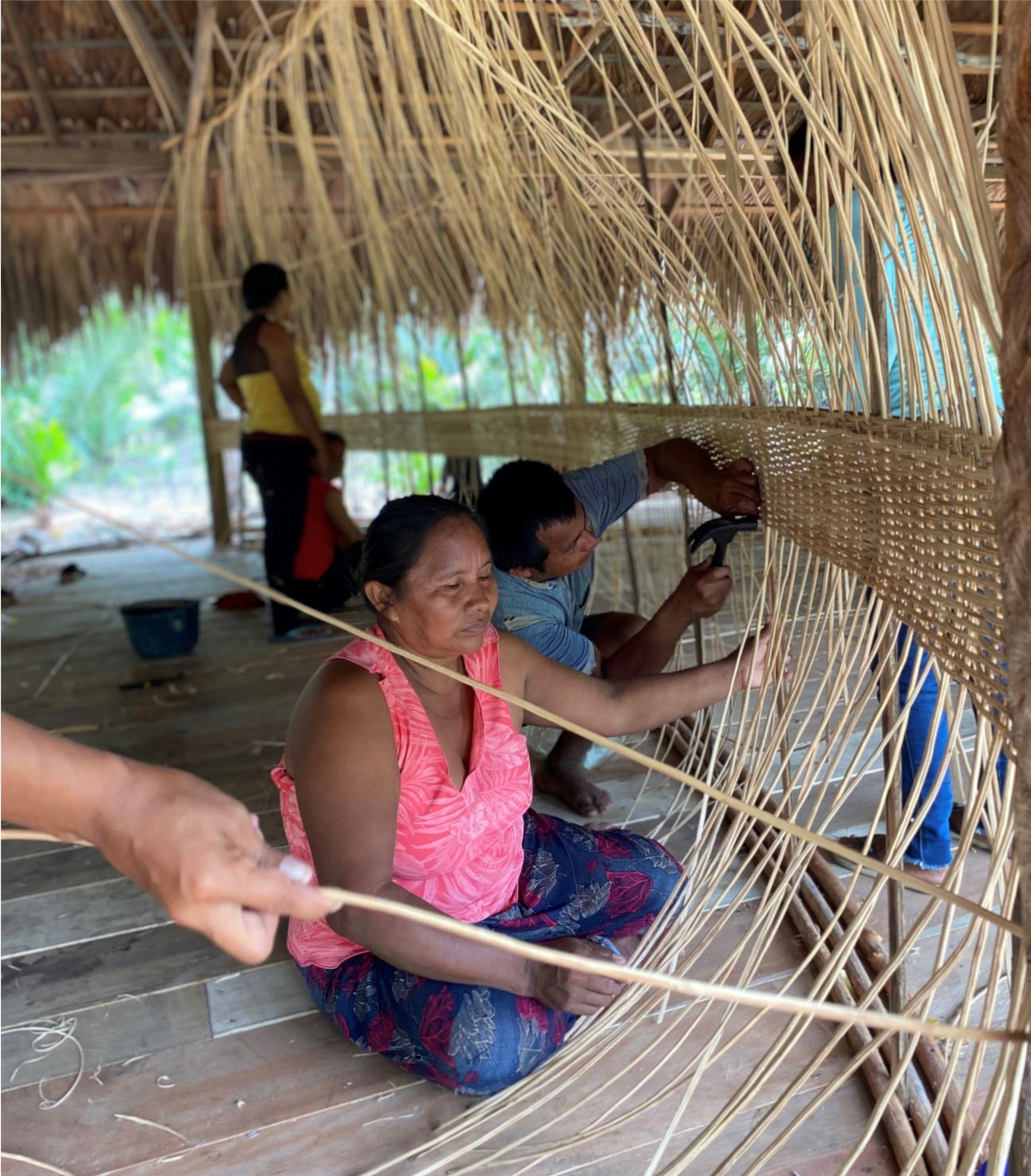
Piaroa people weaving walls for House Hotel, La Urbana Comunity, Selvas de Mataven
Ntalia Torja is a New York City-based architecture and design historian, trained in modern art, design, and material culture. She holds a BFA in Interior Architecture from Centro in Mexico City and an MA in History of Art and Design with a graduate certificate in Museum Studies from Pratt Institute in New York. She was previously Content Director at PIN–UP in New York, editor at Dims., and have collaborated with The Metropolitan Museum of Art, George Nakashima Studio and Foundation, Noguchi Museum, and Judd Foundation.
-
 Inside Christian de Portzamparc’s showstopping House of Dior Beijing: ‘sculptural, structural, alive’
Inside Christian de Portzamparc’s showstopping House of Dior Beijing: ‘sculptural, structural, alive’Daven Wu travels to Beijing to discover Dior’s dramatic new store, a vast temple to fashion that translates haute couture into architectural form
-
 A music player for the mindful, Sleevenote shuns streaming in favour of focused listening
A music player for the mindful, Sleevenote shuns streaming in favour of focused listeningDevised by musician Tom Vek, Sleevenote is a new music player that places artist intent and the lost art of record collecting at the forefront of the experience
-
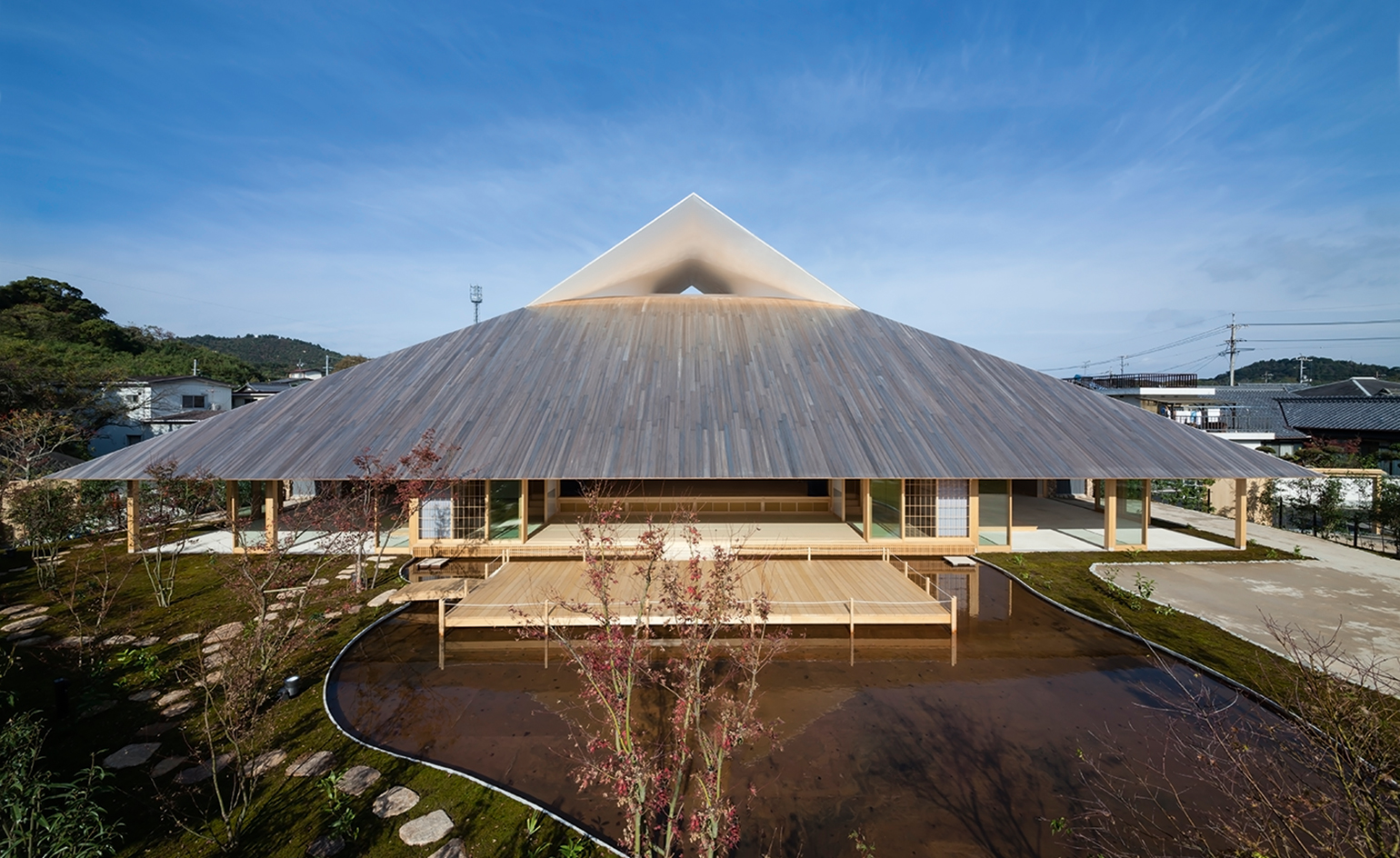 Take a tour of the 'architectural kingdom' of Japan
Take a tour of the 'architectural kingdom' of JapanJapan's Seto Inland Sea offers some of the finest architecture in the country – we tour its rich selection of contemporary buildings by some of the industry's biggest names